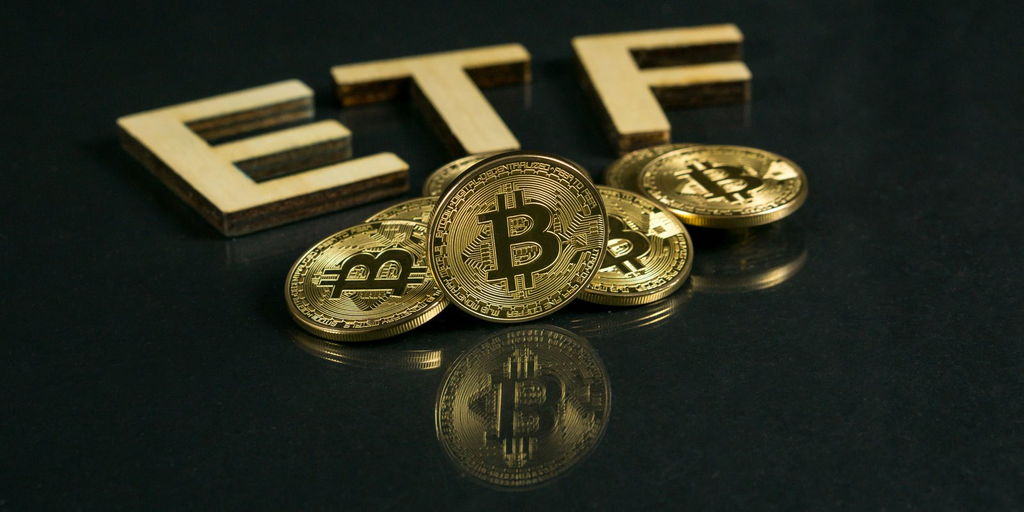The sudden multibillion-dollar collapse of the FTX crypto exchange has inflicted destitution and misery on great swaths of the crypto world. Retail investors are down bad. Flagship exchanges are on the brink of insolvency. Crypto critics are jubilant. Institutional support is in the toilet, and the toilet is in the landfill.
What’s a crypto marketer to do?
Many smaller businesses are putting things on hold entirely in the hope that attention will eventually turn elsewhere. “We’ve been advising our clients to wait before announcing anything,” said Samantha Yap, CEO of crypto PR firm Yap Global. “We’re aware all the media and people care about is following this story for the next few weeks, as the contagion unfolds.”
Another PR person, a toiler for several major Defi projects who didn’t want to be named being this honest, put it more bluntly: “All our team meetings revolve around trying to spin bad news into tolerable news.”
His only interest now is squeezing as much moolah as possible from the industry until its final collapse. “I’ve been working three jobs as a community and project manager across 3 blue-chip DeFi protocols,” he said. “Two of them are explicit scams, the third not particularly promising. But say that to my $8,000 per month paycheck for sitting on my arse all day.”
Look more closely, however, and you will see glimpses of life in this battered old dog. An attempted $1.5 billion raise for a thing called Matrixport. A new $100 million fund for “institutional clients.” A proprietary marketplace revolving around Ape-adjacent NFTs. Some, like, central-bank-digital-currency thing sponsored by the Japanese central bank.
Are these merely the final, hateful emissions of a dying creature—or is crypto slouching toward a new, improved version of itself that can (supposedly) withstand future disasters?
One person who would give a resolute and enthusiastic “yes” is Kristian Sørenson, a serious Danish chap who believes the FTX fiasco represents a golden opportunity for crypto to break free of its seedy past and embrace the warm and sensible light of regulatory compliance.
Sørenson runs a data-analytics firm called Tokenizer as well as a PR platform specializing in regulated clients, and the FTX fallout has been something of a boon. “Since we mostly work with these regulated players, most have tried to benefit from the situation,” he told me. “This is a good time to explain what we actually do and how this is different from the more speculative side of the industry.”
Sørenson believes the main cause of the current crisis was the relative laxity of crypto regulation. Many businesses operate without licenses, and what licenses there are, he said, were issued cavalierly and without the subsequent and necessary auditing. The renewed scrutiny now from regulators, he said, “will help accelerate the more healthy part of the industry—rather than get-rich-quick ambitions.”
Indeed, Sørenson ’s dream for crypto—cover your ears, cypherpunks and Silk Road gunrunners!—is for the “uses cases” to be heavily regulated while the underlying technology is deployed in harmless, responsible contexts, for enterprise-blockchain-era things like crowdfunding and verification.
One project that especially thrills Sørenson is Farmy, an online supermarket in Switzerland that went crypto. “They sell organic produce and various vegetables and they wanted to expand their platform, so they conducted a crowdfunding where they tokenized equity in the company,” he gushed. “They were able to actually meet their fundraising goals through tokenization—in that way they made their core customers co-owners of the platform, which will only increase their loyalty.”
Sørenson isn’t alone in his call for more care in the crypto universe. Almost every new crypto product announcement pitched to me at the moment is some kind of reaction to FTX. In my poorly protected Gmail inbox are now reams (well, two, as nobody really contacts me anymore) of press releases emphasizing guardrails, regulation, strict policies of not gambling with billions of dollars of customer funds, and responsible “we would never do that” pitches.
Some are more credible than others. One press release sent by the vast Chinese exchange Huobi announces an ambitious plan to “help Huobi return to world’s top three exchanges,” noting incomprehensibly that “technology drives development and technology for good”—nevermind that the project is helmed by one of cryptoland’s least savory characters, “His Excellency and Plenipotentiary” Justin Sun of the pointless TRON blockchain.
It’s not just the exchanges and exchange-adjacent businesses looking for a clean new start. Alexandra Fanning, a publicist who has represented crypto artists, told me that November’s insanity has allowed her NFT business to better pursue its ambition to “work with artists who have long worked in new media art, and to avoid those who are just jumping on the bandwagon with the assumption that it will make them some fast cash.”
On the absolute other end of the spectrum are those who believe that FTX was a product of too much deference to establishment practices, if anything. Those include people like Cindy Leow, the founder of decentralized exchange Nexus, which Leow says has seen a huge uptick in users since the crash. “So many people are unable to access their crypto anywhere else outside of Nexus,” Leow said. “People are saying, ‘I’m logged out of Binance for some reason,’ I have to trade on Nexus, it’s the only place I can trade.”
Leow believes the crash is proof that mainstream, centralized exchanges are too immature to be entrusted with people’s hard-earned life-savings, and that regulation will only ever offer a veneer of security and respectability. Nevertheless, she believes people should still be able to enjoy that “speculative thrill without compromising the safety of their funds.” Nexus “looks and feels like a centralized exchange,” she said, but users hold their own keys. That way, when they inevitably lose all their money, it’ll be their own damn fault.
And that’s good for crypto.
Stay on top of crypto news, get daily updates in your inbox.
Source link












